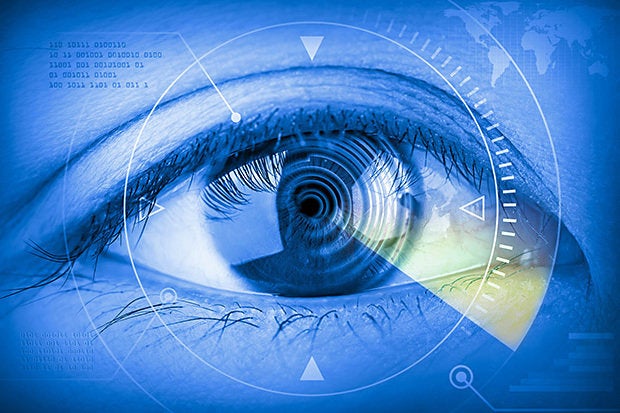Data visualization is one of the hottest areas of big data, but it may offer more noise than signal. According to Jeff Jonas, an IBM Fellow and Chief Scientist of IBM's Context Computing group, "Contrary to hype, hopes, and dreams, big data visualization is generally not helping humans make novel discoveries." In his view, data visualization is mostly useful as a way of telling stories about the data we already understand.
Not everyone agrees.
As Zoomdata CEO Justin Langseth told me in an interview, data visualization is much more than simple storytelling. Sure, "you need to dig a bit for the gold, it's not just sitting there in plain view for the first person to come pick it up," he avers, but data visualization absolutely can unlock insights otherwise hidden to analysts.
The machines need humans
The reason, quite simply, is humans. As Langseth explains it:
The best visual is the one that allows a normal human with understanding of a business system to quickly see how the visuals match up with the system, learn new unexpected things about the system (business) if there are any, but mostly just match up with their innate understanding of the business.
In other words, good data visualization complements human intuition rather than replacing it. Indeed, while Jonas lauds "systems that allow the data to find the data and the relevance to find you" because "such systems detect actionable insights (new starting points) the moment they become knowable," Langseth worries that "algorithmic insight finding ... generates false positives that drive any human reviewer nuts or cause them to not trust the system."
If we follow Langseth in his "visualization is more than mere storytelling" view, what are its primary benefits?
Data visualization and "aha" insights
Though Jonas pooh-poohs data visualization as a means of "accidentally discover[ing] important novelty," his separation of data exploration (which he believes visualization can benefit) and unexpected insights is false: the two go together. As Langseth noted, pitting "exploration leading to insight vs 'aha insights' as separate things" is wrong. "They are the same, really."
 Zoomdata
Zoomdata Does data visualization simply tell a story, or can it deliver an "aha!" experience? This dashboard does both: The heat map on the bottom right illustrates that default is more likely to occur on mortgages with more than 10 years employment length.
Indeed, this is where visualization hits its stride, according to Langseth. Data visualization can significantly deepen a human's ability to understand her data, no matter the approach she takes: "Exploration can lead to insights regardless of where and why you start to explore."
Lest we get carried away with "data visualization is not just storytelling," let's be clear: storytelling is critically important. In our increasingly data-driven enterprises, using data to support a desired action is almost mandatory. While such visualizations can be used to shade the truth ("lies, damned lies, and statistics!"), this is true of any big data story, whether we like it or not.
As noted statistician Nate Silver writes in his book, "[N]umbers have no way of speaking for themselves. We speak for them. We imbue them with meaning…. [W]e may construe them in self-serving ways that are detached from their objective reality."
Data visualization, to its credit, at least doesn't shy away from this fact. So long as we accept that there's no such thing as pure data unbiased by human interaction, we're not in danger of being beguiled by data visualizations. But as Langseth insists, we definitely can learn from them.






